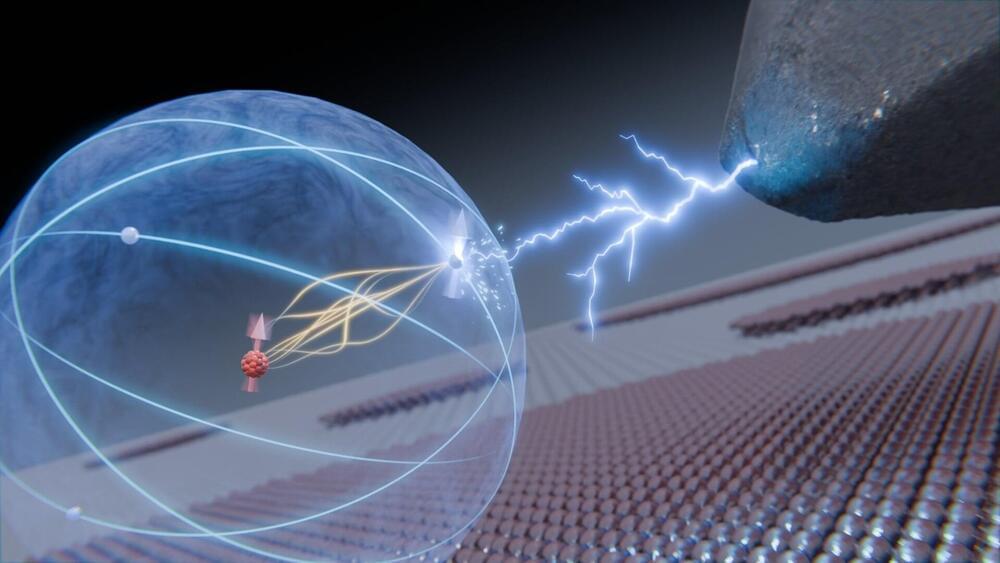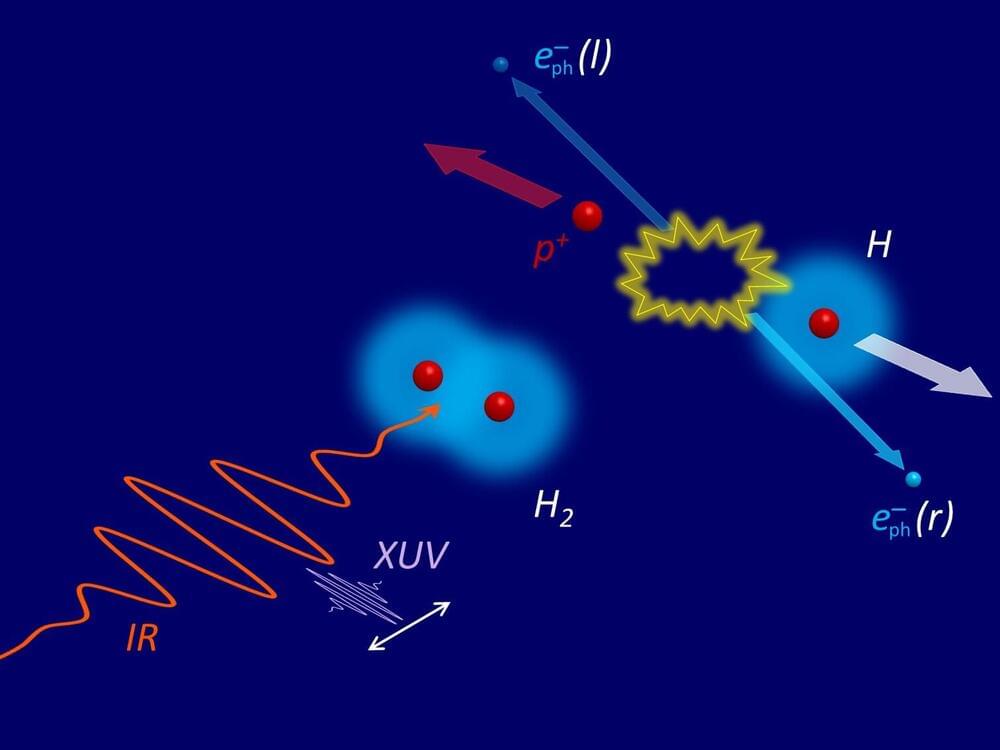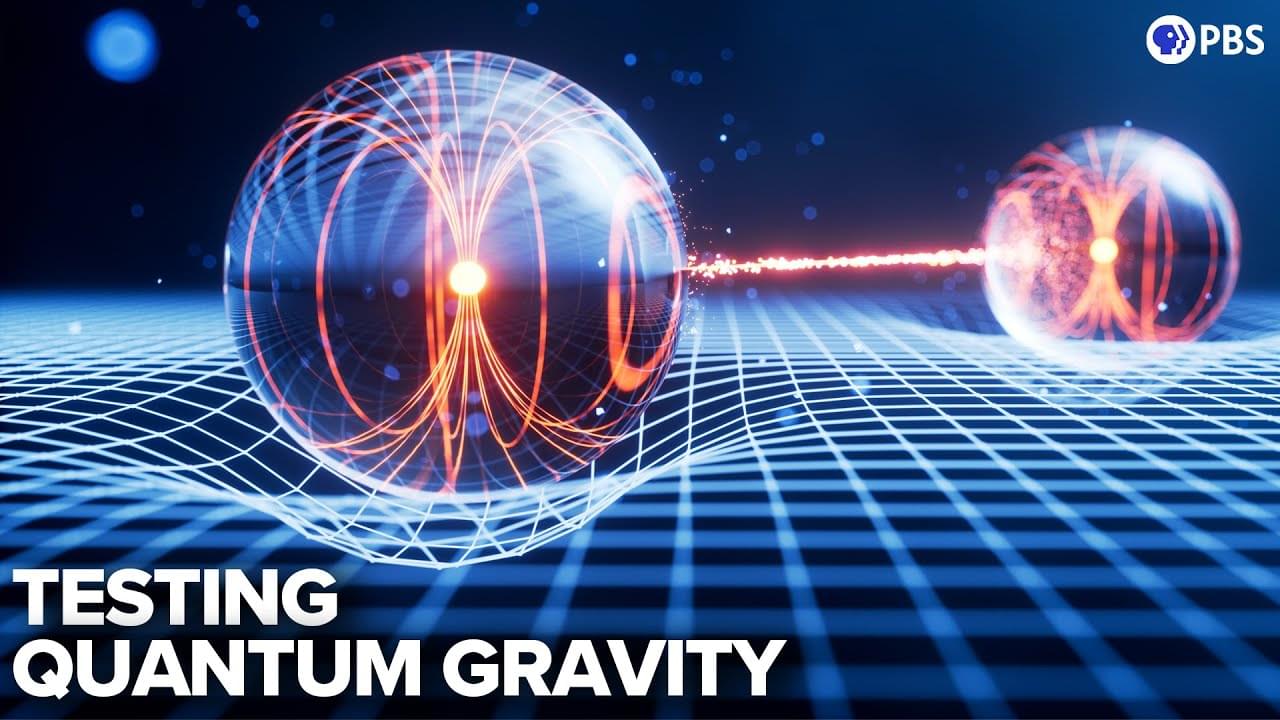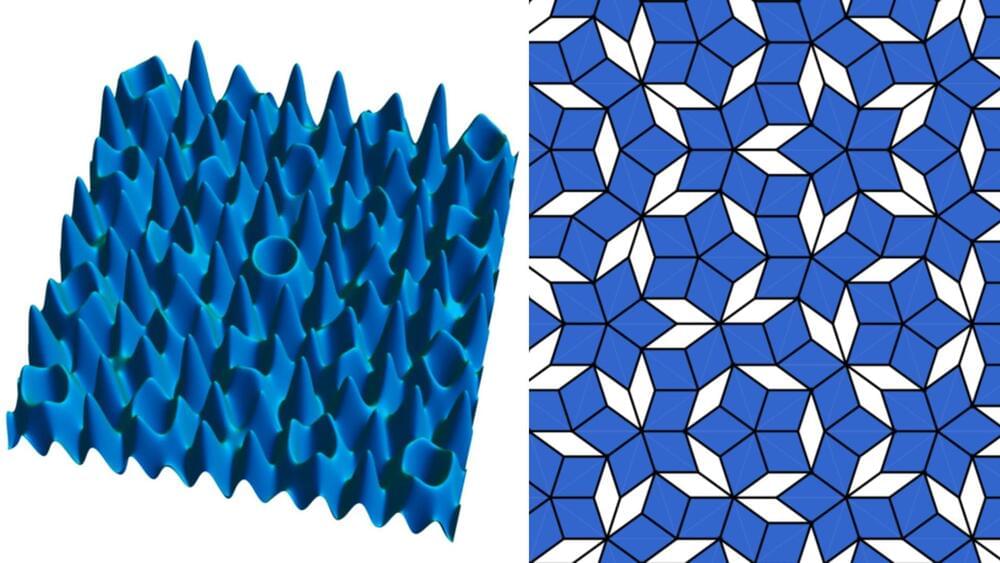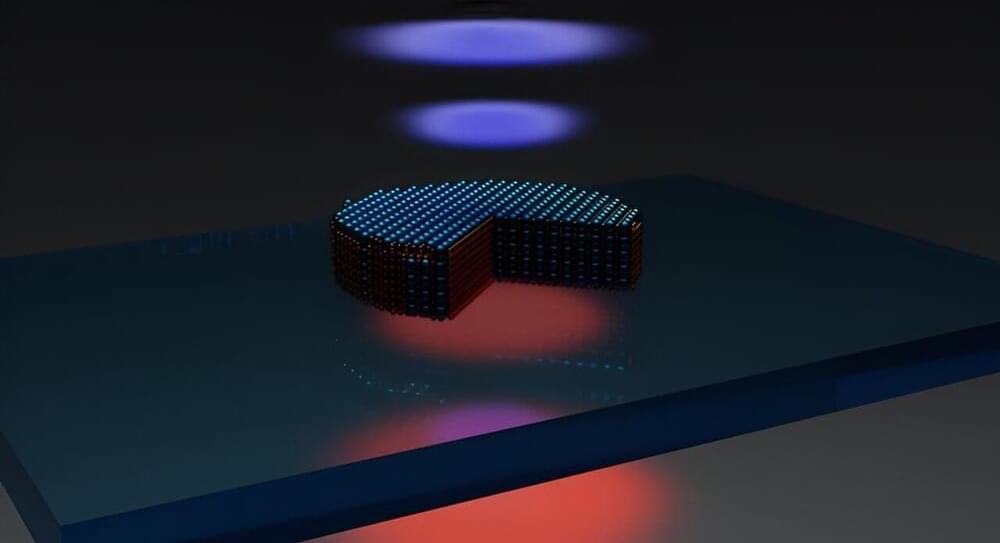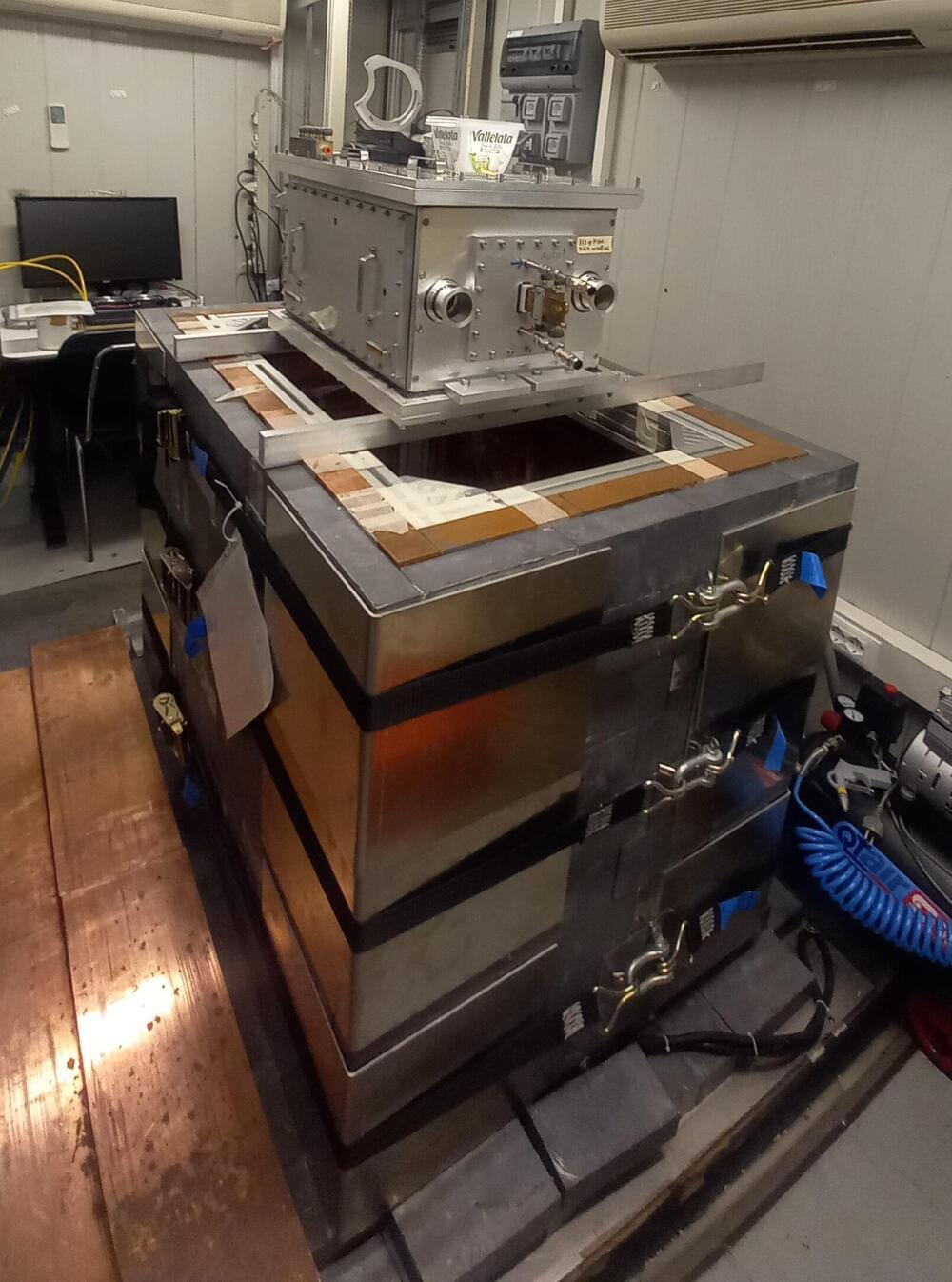Sep 12, 2024
Quantum researchers cause controlled ‘wobble’ in the nucleus of a single atom
Posted by Shubham Ghosh Roy in categories: particle physics, quantum physics
Researchers from Delft University of Technology in The Netherlands have been able to initiate a controlled movement in the very heart of an atom. They caused the atomic nucleus to interact with one of the electrons in the outermost shells of the atom. This electron could be manipulated and read out through the needle of a scanning tunneling microscope.
